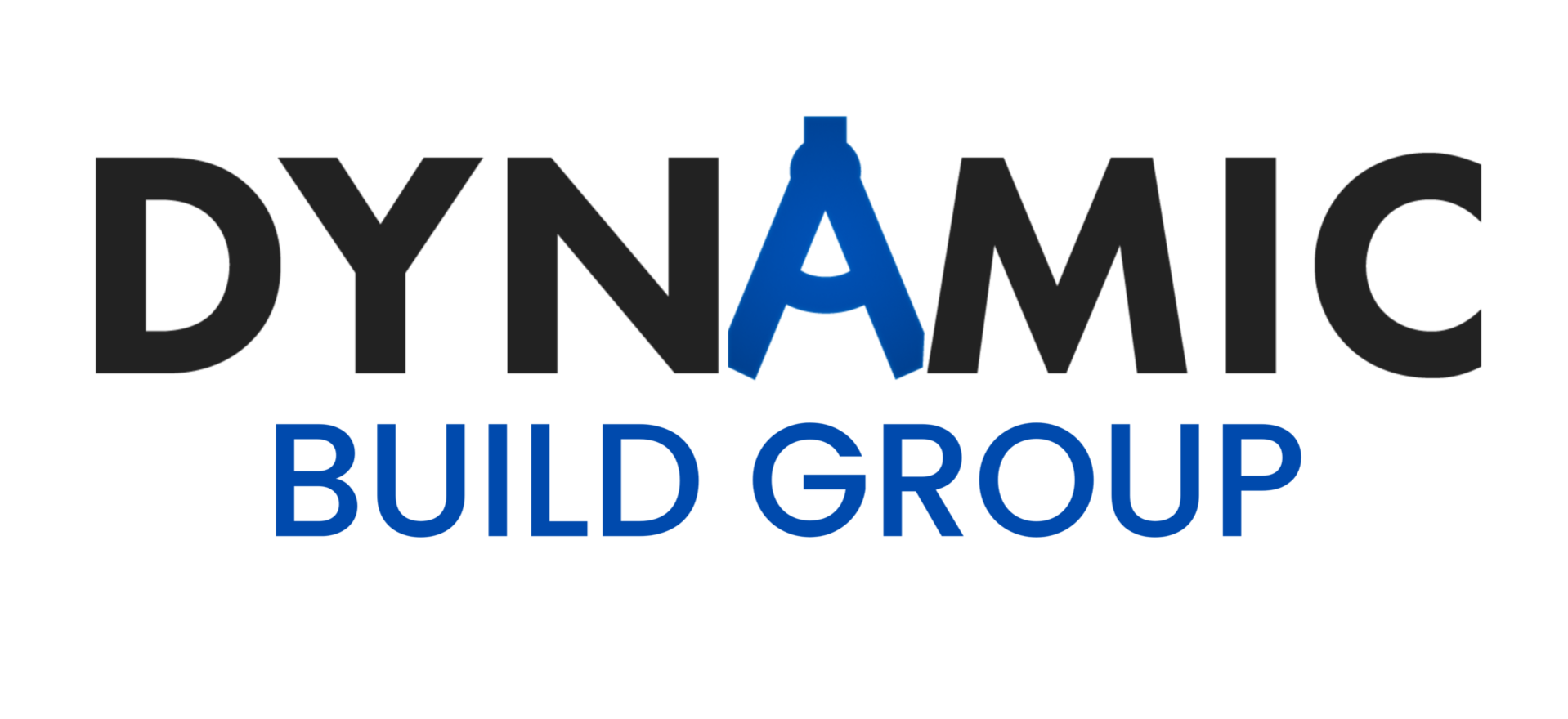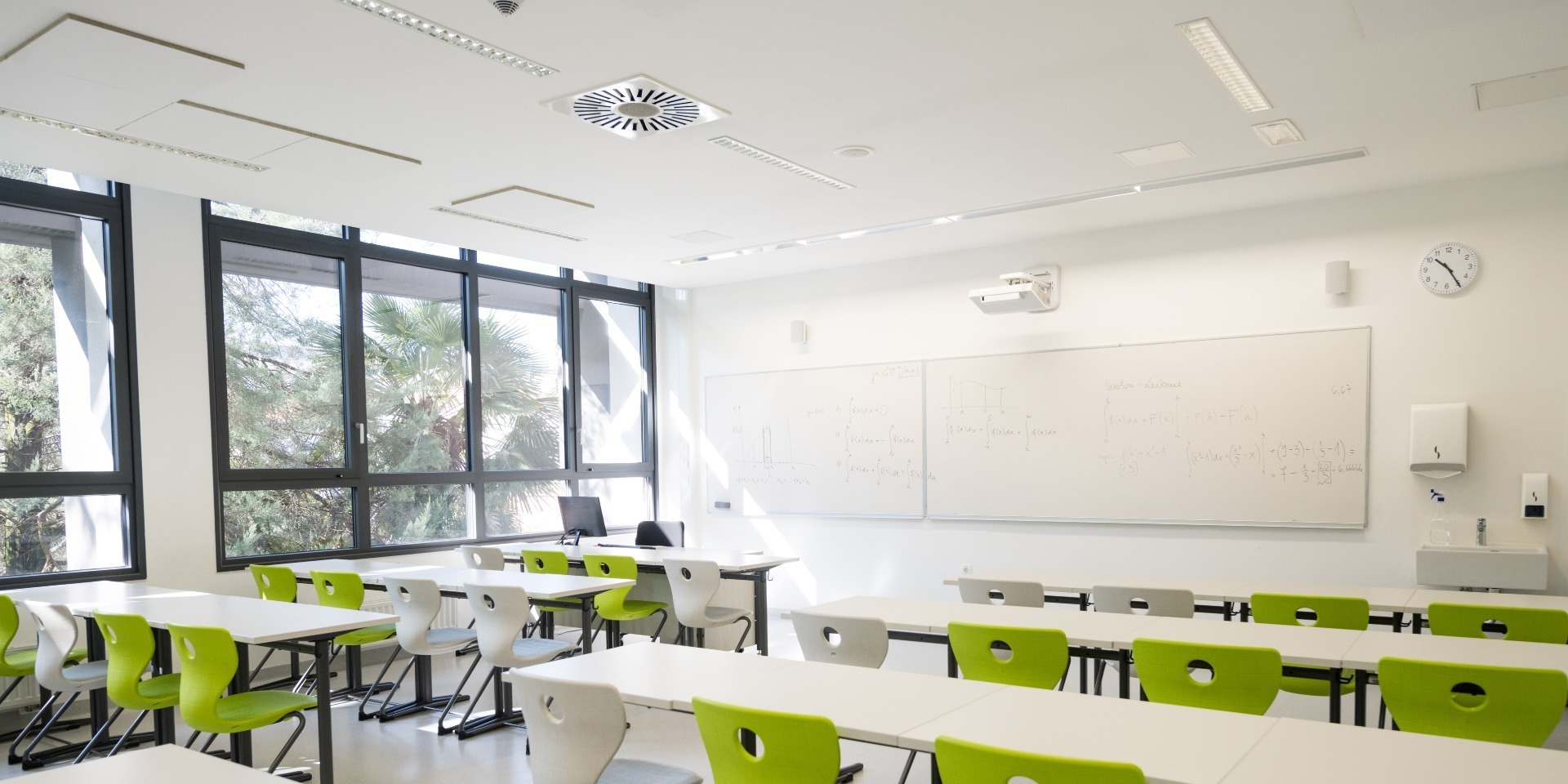Delivering Energy Efficiency Into Schools
Posted on 11th November 2019 at 09:10
The Carbon Trust has reported that UK schools could reduce energy costs by around £44 million per year which would prevent 625,000 tonnes of CO2 from entering the atmosphere.
In addition to the environmental and financial benefits of addressing energy efficiency, there are educational opportunities in paying more attention to this area.
Behavioural change can also be achieved by empowering pupils, staff and parents to take responsibility for the energy they use. This will provide the benefit of reduced energy use at school whilst helping families become more energy efficient at home.
Improving energy efficiency in schools is an excellent way to release funds for curricular resources and improving the learning environment.
Natural light
A study by the Heschong Mahone Group discovered that students receiving high levels of natural light where achieving test scores up to 18 percent higher than students receiving minimal natural light.
With the price of energy increasing, being able to inexpensively light your educational buildings is a massive financial advantage.
Low carbon LED lighting
LED lights are the latest technology in lighting, ‘LED’ stands for ‘Light Emitting Diode’ a semiconductor device that converts electricity into light.
LEDs are extremely energy efficient and consume up to 90 percent less power than a conventional light source like halogen or compact fluorescent light bulbs.
Up to 40 percent of a building’s electricity use is accounted for by lighting, therefore with LED’s, money is saved in reduced energy use as well as reduced maintenance and replacement costs due to the long LED lifespan.
Low energy heating and cooling
Heating and hot water can make up 60 percent of a school’s energy budget.
The latest in low carbon and renewable energy technology is now available at cost effective rates to reduce the running costs and environmental impact on the environment.
With the combination of buildings becoming increasingly well insulated and natural ventilation strategies, less and less energy is required in this area.
Buildings are becoming increasingly well insulated and thus need less and less energy.
Natural ventilation
Clean, fresh air at a comfortable temperature can help to promote a stimulating and improved learning environment. Natural ventilation takes advantage of both wind and buoyancy in order to drive fresh air through a building.
Natural ventilation results in proven benefits including the reduction of greenhouse gas emissions and energy costs. Reports also suggest that the drastically improved air quality can reduce short-term absence by up to 35 percent and increase student performance by 5- 10 percent.
Low emissivity double glazing
On average, properties lose 10 percent of their heat through windows and doors; energy efficient glazing can prevent heat escaping through the windows.
Low-emissivity glass is a type of energy-efficient glass designed to reduce draughts and cold spots by reflecting interior heat back into the room which helps create a more comfortable learning environment.
The British Fenestration Rating Council (BFRC) has developed an energy efficiency rating scheme to help
With buildings contributing to just under half of the UK's total carbon gases, tackling this issue will greatly benefit the environment on a wider scale
If you would like more information on the Dynamic Build Group approach please call 0121 724 0099 or email info@dynamicbuilduk.com
Tagged as: Education
Share this post:






